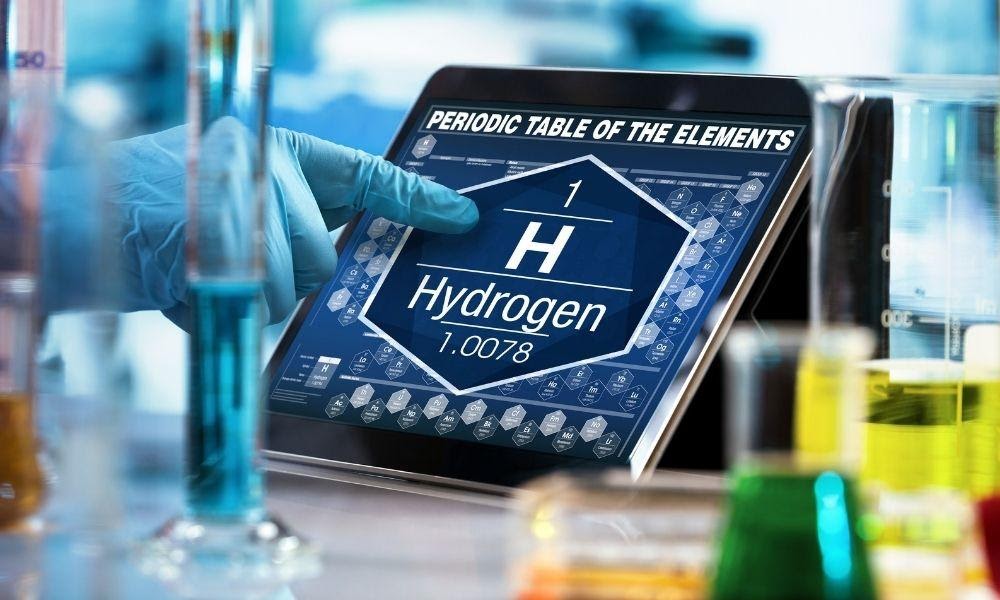Historical Scientific Uses for Hydrogen

What do you know about hydrogen? As the most abundant and simplest element in nature, hydrogen is composed of one proton and one electron. Since its discovery, we’ve used hydrogen for a variety of purposes. Discover the historical scientific uses for hydrogen since the late 1600s.
Discovery of Hydrogen
British scientist Robert Boyle discovered hydrogen in 1671 while he was placing different metals in acid. In 1776, Henry Cavendish confirmed that hydrogen was indeed a distinct element and also very flammable (that is, combustible with oxygen). Scientists also determined that it was less dense than air.
Air Travel
Since hydrogen is lighter than air and helium, people first used it in balloons for travel. By the early 1900s, we used it in airships. This practice ceased when the Hindenburg caught fire and exploded over Lakehurst, NJ, in 1937.
Space Travel
NASA’s space program started in 1958, and it still uses the most liquid hydrogen in the world. Combined with liquid oxygen, scientists use liquid hydrogen as rocket fuel to launch space shuttles. This incredible combustion power is the only force strong enough to lift a rocket into space.
Road Travel
One of the most recent uses for hydrogen involves hydrogen fuel cell-powered cars. As our society moves toward sustainability, both manufacturers and consumers seek ways to use hydrogen to power engines. Fortunately, hydrogen produces water as a byproduct rather than greenhouse gas emissions, but the element proves difficult to store. Most car gas tanks can’t hold hydrogen.
In addition to jet fuel and other types of propellants, people use hydrogen across a wide range of scientific industries. For instance, the advancing field of chromatography uses hydrogen as a carrier gas instead of helium. Knowing the historical scientific uses for hydrogen can help you manage the multiple applications of this element.





